I’m lucky to live only a 2hr drive away from the coast in California. I got up last Saturday, packed some yummy snacks and hit the road to spend the day in the beautiful Point Reyes and get the delicious breeze from the Pacific Ocean.
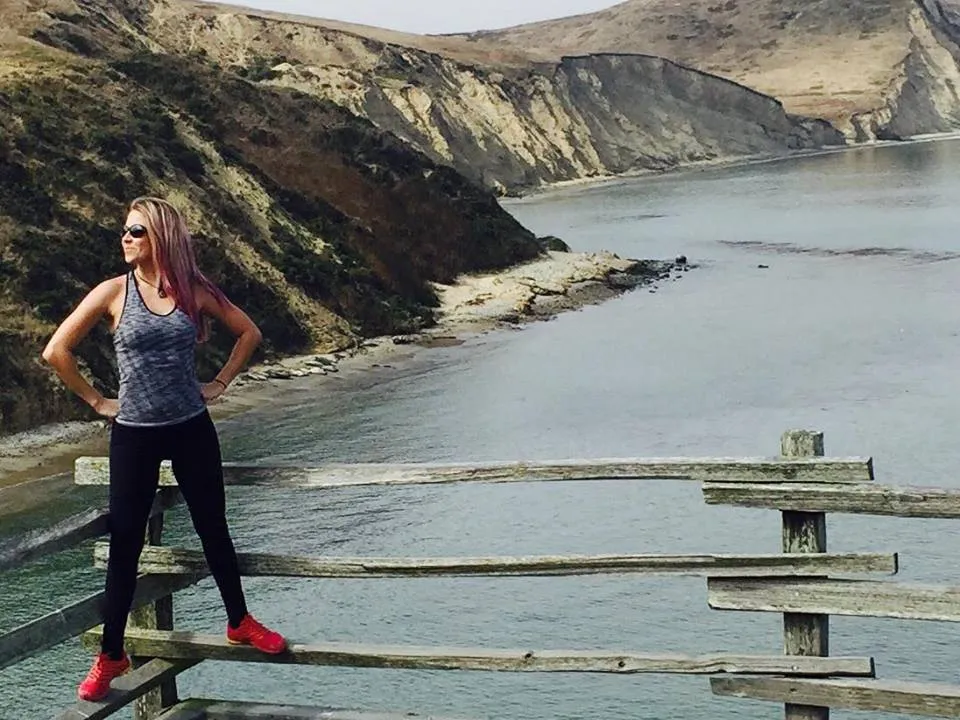
Point Reyes is the windiest place on the Pacific Coast and the second foggiest place on the North American continent. Fog can last for weeks and especially during the summer, it frequently reduces visibility to hundreds of feet. FEET! That’s really dangerous when you’re on a ship trying to enter or leave the San Francisco Bay.
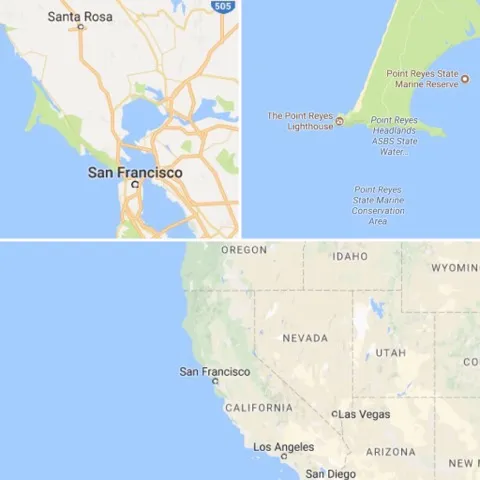
In 1870 the Point Reyes Lighthouse shone for the first time and warned mariners of danger for One Hundred Years until it was replaced by an automated light in 1975.
The lens and mechanism were constructed in France in 1867. The clockwork mechanism, glass prisms and housing for the lighthouse were shipped on a steamer around the tip of South America to San Francisco. Back then they had to use ox-drawn carts to and haul all the parts three miles over the headlands to near the tip of Point Reyes, 600 (182 meters) feet above sea level.
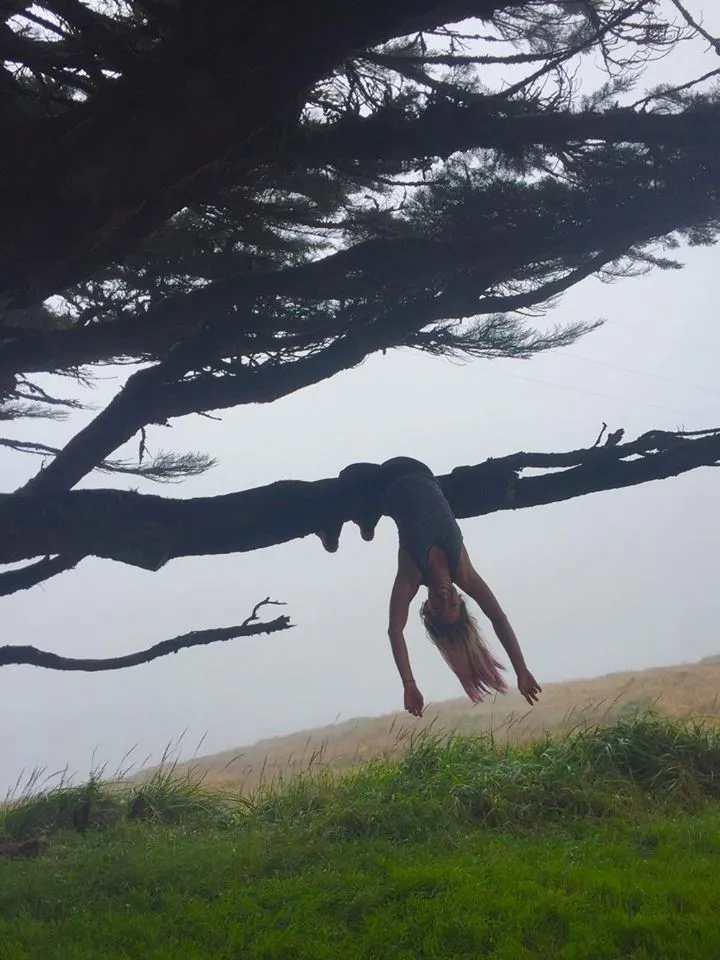
This is what trees are for, right? The white background you see is.... yep! FOG!
The lens in the Point Reyes Lighthouse is a "first order" Fresnel lens (the largest size of Fresnel lens.).
Augustin Jean Fresnel of France revolutionized optics theories with his new lens design in 1823. Before that, lighthouses used mirrors to reflect light out to sea. The most effective lighthouses could only be seen eight to twelve miles away. A Fresnel lens can capture more oblique light from a light source, thus allowing the light from a lighthouse equipped with one to be visible over greater distances. After his invention, the brightest lighthouses could be seen all the way to the horizon, about twenty-four miles.

Look at that tiny bulb!
I think lighthouse keepers probably had a lonely and monotonous life. Every evening a half-hour before sunset, a keeper walked down the wooden stairs to light the oil lamp, yes, the lighthouse's source of illumination was just a flame! I was happy to hear from the guard that they never used whale oil in that Lighthouse. Once the lamp was lit, the keeper wound the clockwork mechanism, lifting a 170 pound weight, which was attached to it by a hemp rope, nine feet off the floor. The earth's gravity would then pull the weight, through a small trap door, to the ground level 17 feet below. The clockwork mechanism was built to provide resistance so that it would take two hours and twenty minutes for the weight to descend the 17 feet. And as the weight descended and the clockwork’s gears spun, the Fresnel lens would turn so that the light appeared to flash every five seconds. This process would be repeated every 2 hours from dusk to dawn. But zero vampires were reported!

This is the clockwork mechanism that had to be cranked every 2 hours. See the handle?
Daytime duties for the keepers included cleaning the lens, polishing the brass, stoking the steam-powered fog signal and making necessary repairs. At the end of each shift, the keeper trudged back up the wooden staircase which is 300 feet long (91 meters) and very steep! Sometimes the winds were so strong that he had to crawl on his hands and knees to keep from being knocked down. The highest wind speed recorded at Point Reyes was 133 mph, and 60 mph winds are common.

On my way up the stairs I found this little flower shining bright despite the harsh conditions
Point Reyes National Seashore is one of the few places on the Pacific Coast where Northern Elephant Seals may be observed and studied. Their semi-annual sojourns to these shores provide a unique opportunity to glimpse the lives and behaviors of these elusive ocean giants.
Watch video!
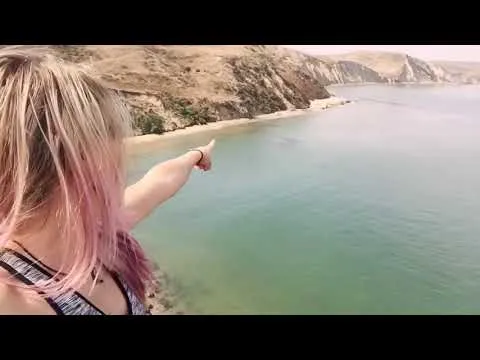
Elephant Seal Overlook near Chimney Rock
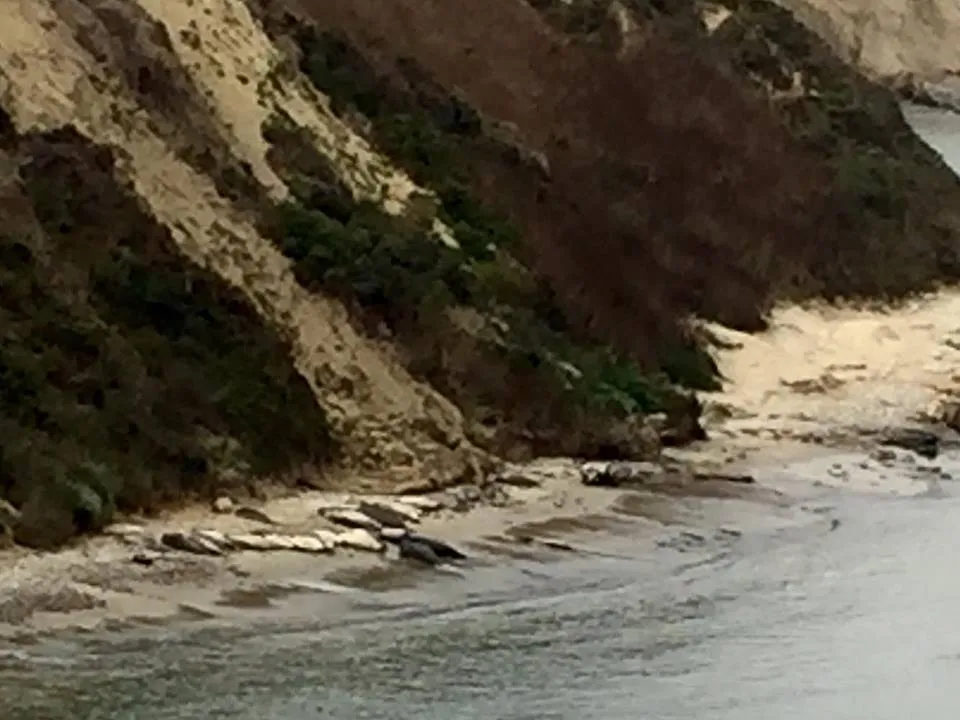
Sharing the fate of many of the oceans' great whales, the elephant seals were hunted to the brink of extinction for their oil-rich blubber. One bull elephant seal would yield nearly 25 gallons of oil
It has been estimated that fewer than 1,000 northern elephant seals existed by 1910. In 1922, the Mexican government banned hunting followed shortly thereafter by the United States government. Since then, the population of northern elephant seals has recovered at an average rate of six percent per year. Today, thanks to government protection and the seals' distant lives at sea, the worldwide population has grown to an estimated 150,000 seals.
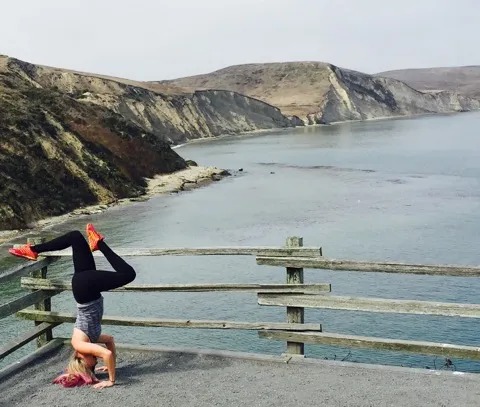
5 Elepaht Seal Facts that will turn your world upside down make it an excuse
1.- Northern elephant seals range from Mexico to Alaska and Hawaii in search of food and spend 80 percent of their life in the open sea, 90 percent of that time is spent underwater: eating, sleeping, digesting, and traveling.
2.- They are built to survive continuous of 1,000 to 2,000 feet that last close to half an hour and is followed by only 3–5 minutes at the surface to breathe! That would squeeze the life out of any other mammal!
3.- They dive so deep because they face little competition for food at such depths. Feeding in almost total darkness, elephant seals use their large eyes and the bioluminescence of some prey, such as octopus and squid, Pacific hake, skates, rays, shrimp, small sharks and crabs.
4.- Males dive deeply and repeatedly for food. After about three weeks, they have eaten so much that their dive pattern changes to a flat-bottom dive, following the bottom contours as they rest and digest. Females also dive deeply and repeatedly, but they go deeper during the daytime than at night.
5.- Elephant seals derive their name from their great size and from the male's large proboscis, which is used in making extraordinarily loud roaring noises, especially during the mating competition.

pic taken from newtonsapple.org.uk
So there you have it, excellent reasons to visit the California coast!. I hope this was entertaining and enlightening!
REFERENCES:
www.nps.gov
All pictures except last one were taken with my Iphone 6
Steam on!

Monster drawing by @saywha